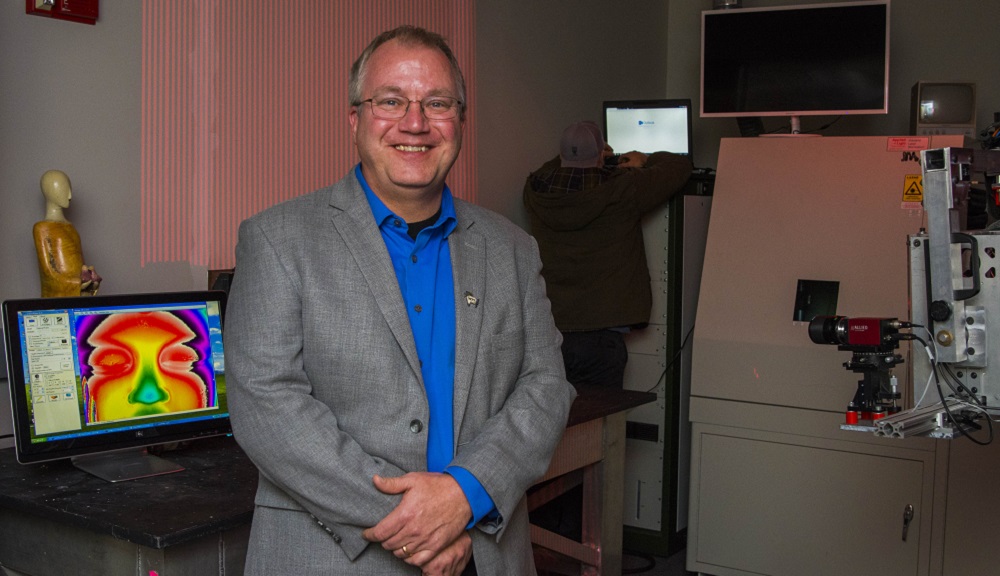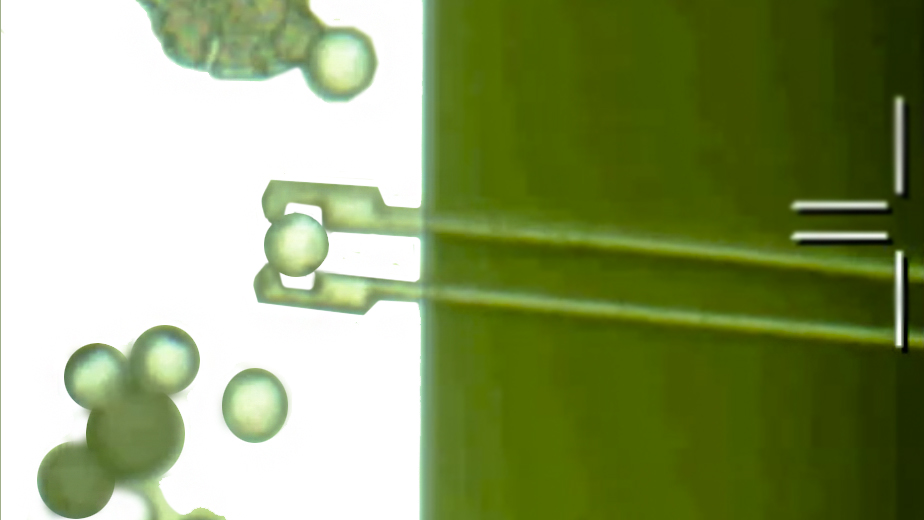WORCESTER, Mass. – Worcester Polytechnic Institute (WPI) has received funds and equipment from IPG Photonics Corporation in Oxford, Mass., the world’s leading developer and manufacturer of high-performance fiber lasers and amplifiers, to enhance the teaching and research capabilities of the IPG Photonics Laboratory, established at WPI in 2001, in part, with support from the company.
The funds will enable WPI to provide a robust education in and continue to advance the frontiers of photonics—the science of light—a field that is central to the future of industries as diverse as electronics, semiconductors, manufacturing, solar energy, computing, and medical devices.
“The gifts from IPG Photonics have helped WPI assemble a state-of-the-art facility that has significantly augmented our ability to offer students outstanding preparation for careers in photonics—a field that is playing an ever more important role in all aspects of information technology, telecommunications, medicine, environmental science, and many other disciplines,” said Richard Quimby, associate professor of physics at WPI and director of the IPG Photonics Laboratory. “With this new equipment, we will also be able to expand research programs that will aid in the development of new materials that may open the door to exciting new applications for photonics. We’re grateful to IPG for making this investment in WPI.”
Just as electronics involve devices that generate and harness the flow of electrons, photonics, a rapidly growing field that touches many areas of everyday life, involves technology (including, lasers and fiber optics) that can generate and harness photons, or light. Lasers have revolutionized a broad range of applications and products in various industries, including automotive, medical, research, consumer products, electronics, semiconductors, and communications, offering superior performance and a more cost-effective solution than non-photonics technologies. Lasers provide flexible, non-contact, and high-speed ways to process and treat many types of materials. In addition, they are widely used in medical applications, in test and measurement systems, and to transmit large volumes of data in optical communications systems.
The gift includes four pieces of state-of-the art equipment manufactured by IPG Photonics:
- Tunable Erbium Fiber Laser: Able to produce light at wavelengths commonly used in telecommunications applications, the laser will be used in undergraduate and graduate laboratory courses, student projects, and research.
- Erbium Doped Fiber Amplifier: Used to amplify laser light after it has traveled long distances through fiber-optic cables, the amplifier will provide students who plan to pursue careers in photonics-related fields the opportunity to perform experiments using the same type of equipment they will encounter in the industry.
- Broadband Superluminescent Light Source: Producing light in the spectrum used in telecommunications applications, the source will enable students to perform realistic lab experiments that will give them a more detailed understanding of the properties of light as it travels through photonics devices.
- High-Power Ytterbium Laser: This will advance research at WPI aimed at helping industry identify new materials (including rare-earth-doped glasses and crystals) that can be used in new photonics applications. WPI researchers will use the laser to study the photonic properties of novel materials developed by industry partners.
The IPG Photonics Laboratory was established to support teaching, project work, and research in photonics at WPI. To date, nearly 200 undergraduates have used the IPG Photonics Laboratory in their laboratory courses. Each summer, participants in Frontiers, a two-week residential program for high school students interested in science, mathematics, and engineering, conduct experiments and demonstrations in the lab. The lab has also been the setting for undergraduate projects and graduate research, including dissertation work by Rodica Martin, who completed her PhD in 2006 by studying the optical properties of rare earth ions in glass, and research by Quimby.



